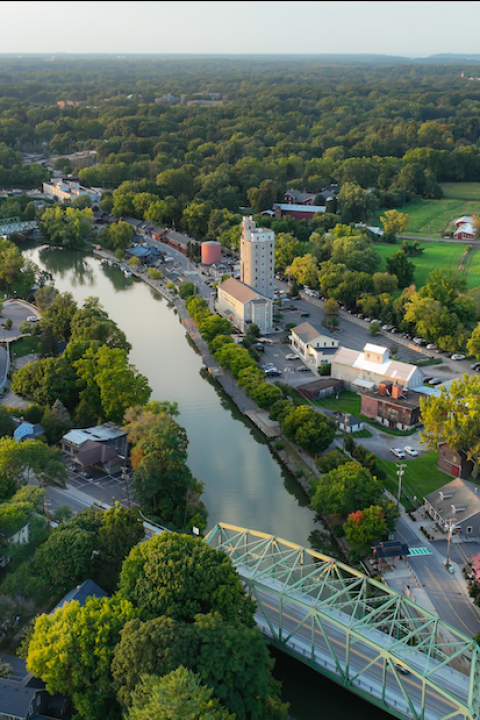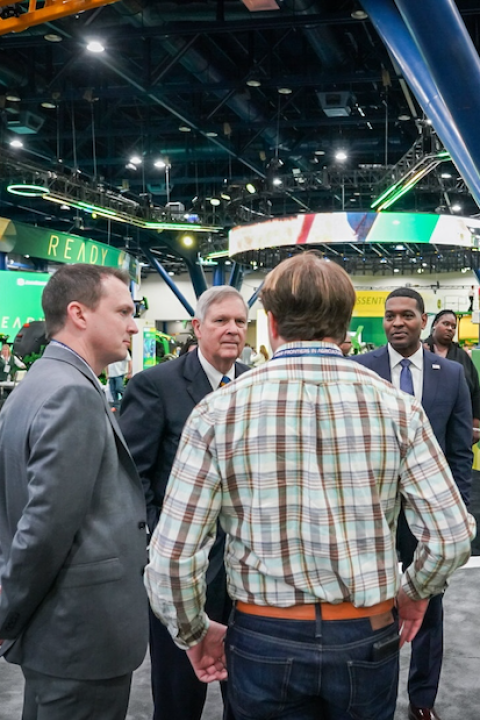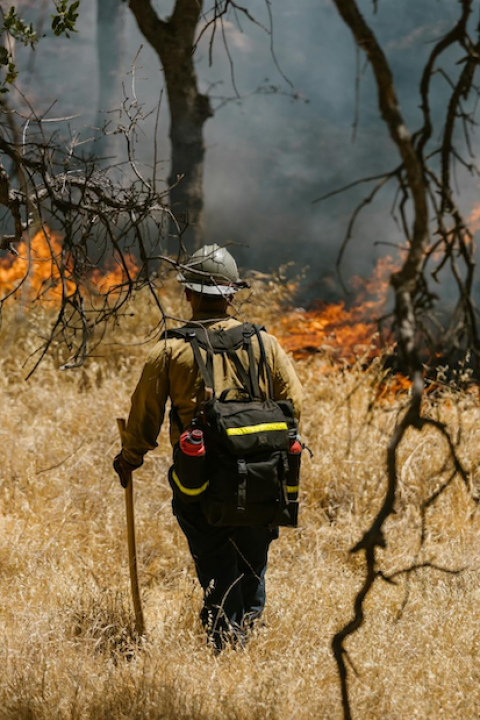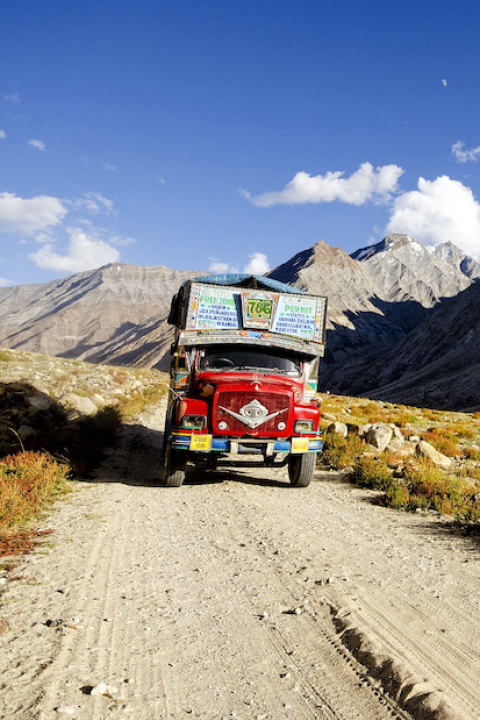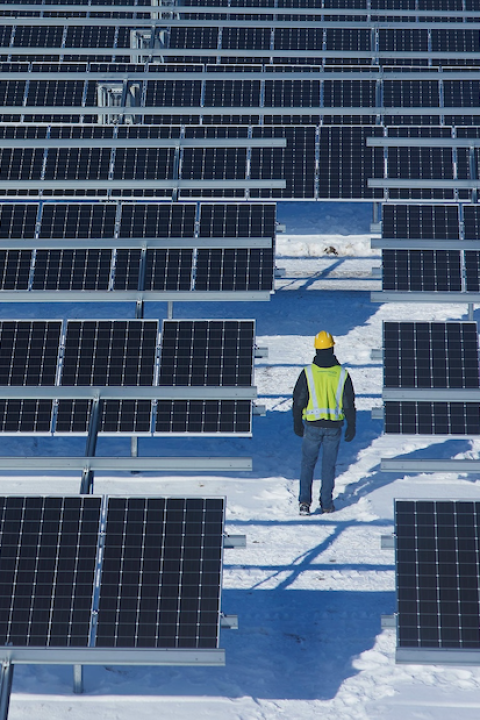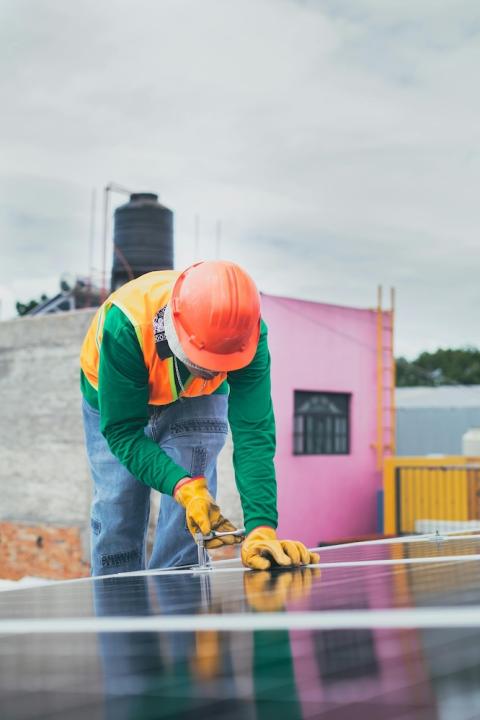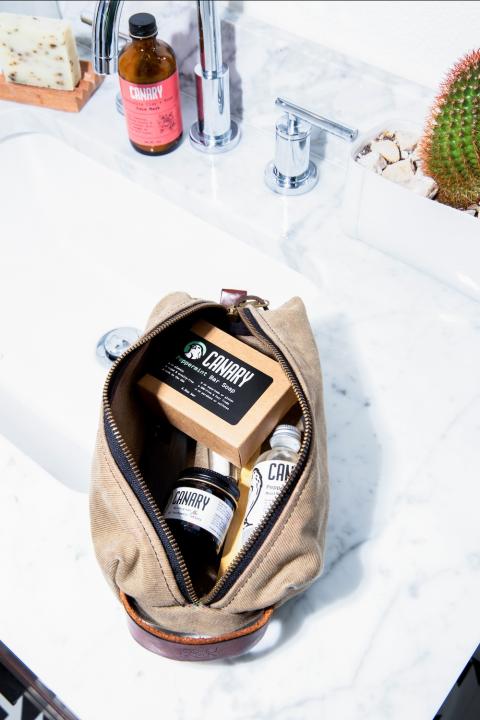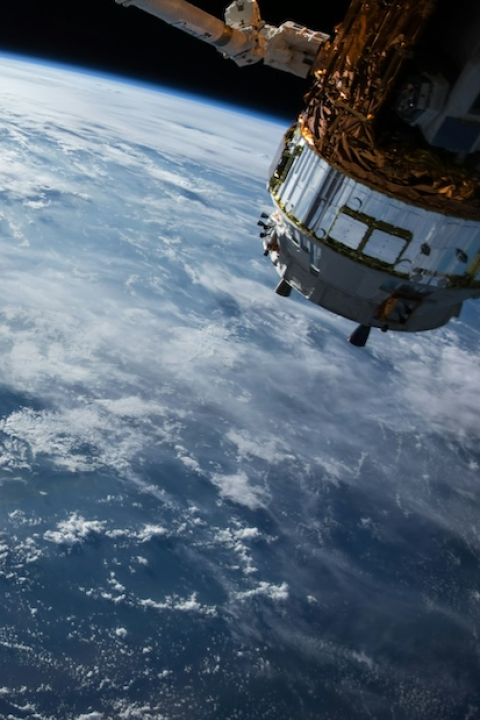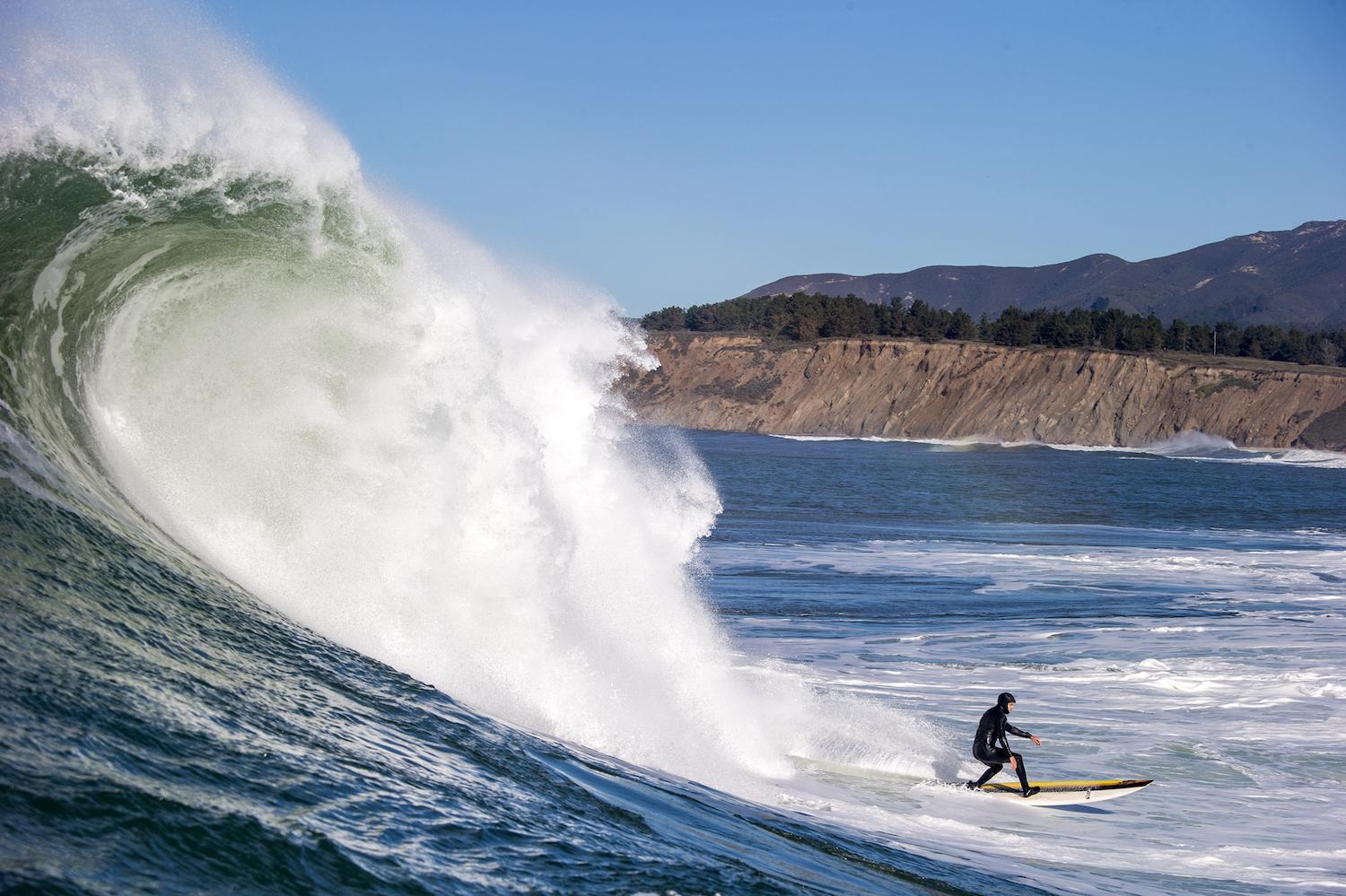
Surfer and Patagonia ambassador, Frank Soloman, surfs in a Patagonia wetsuit at Half Moon Bay in California. (Image: Fred Pompermayer)
The latest iteration of Patagonia wetsuits could change the way we think about outdoor gear. Made with sustainability, repairability and recyclability in mind, the brand's line of Yulex wetsuits launched this month represent a strong departure from the single-season neoprene version that dominates the market. The company isn’t gatekeeping, either. It’s hoping to encourage other manufacturers to follow suit.
The problem with wetsuits
“Conventional wetsuits are made with polychloroprene,” said Mackenzie Warner, a material developer at Patagonia. Also known as neoprene, the synthetic rubber pollutes waterways, languishes in landfills and never biodegrades. Worst of all, producing it creates cancer-causing chemicals that are devastating the community surrounding the only U.S. chloroprene manufacturer.
Wetsuits aren’t the only consumer item made from neoprene, nor is the chloroprene plant the only petrochemical factory releasing toxic chemicals in the Louisiana region known as Cancer Alley. But the outdoor industry’s contribution to a cancer rate that is 50 times higher than the national average is undeniable.
“No home in the community around [the] plant has been untouched by cancer,” Chris Nelson and Lewis Arnold, both surfers and journalists, wrote in Nordic Surfers Mag. With a population that is over 90 percent Black, the situation reeks of environmental racism.
A better rubber
Patagonia started designing wetsuits in 2008 and introduced the first suits made from Yulex eight years later. “As a brand, we wanted to get into wetsuits to show that it can be done in a better way … meaning less impact, less harmful material usage, and a better product in the long run,” Corey Simpson, communications manager at Patagonia, told TriplePundit. That upstream approach resulted in better repairability, functionality and durability for the user.
The company behind the Yulex material got its start by sourcing natural rubber from a desert plant called guayule. “I was actually working in a retail store here that was next to the headquarters. And this guy came in wearing a backpack and … takes out this huge blob of rubber. But it was clear rubber. It looked really clean. And he's like, ‘This is the future of your wetsuits,'” Simpson recounted. “That led us into our first natural rubber wetsuit. Since [then], it has just been a constant crank to get more refined materials and have higher and higher output with the least environmental impact as possible.”
That search for better materials led to the hevea tree, which can be tapped for its natural rubber. “That rubber is then purified to eliminate like 99 percent of the impurities and proteins and allergens that are in the natural rubber. And then, at the end of that process, you get what is called Yulex Pure,” Warner said.

The Yulex Pure material is Forest Stewardship Council certified, according to creator Yulex Corp. That means the forest the trees are grown in is responsibly managed to promote biodiversity and prevent deforestation while providing social and economic benefits.
Yulex natural rubber is not unique to the Patagonia brand. The company does not own a patent or the rights to the material. Rather, it's looking to encourage as many competitors as possible to make the switch to Yulex in the interest of sustainability. Another surf label, The Seea, also makes Yulex wetsuits and has since 2018.
“We understand that there's no other really clean supply chain. And we've spent so much time, energy, and money vetting this and really being able to scale the supply chain that it's like, ‘Hey, we've got this now, capitalize off of our leg work, please take this and then run with it,’” Simpson said. “Please utilize this technology, please use this supply chain.”
Beyond a single season
Between the sun, salt water and overall harsh conditions, most wetsuits are only designed to last through a single surf season. But Patagonia has taken a more sustainable approach to this, as well. “We really strive to have our wetsuits last for multiple seasons and years,” Warner said. “To do that, we want to put high-quality fabric on the interior and exterior lining.”
For now, that means continuing to use nylon in the lining of the wetsuits, which runs the risk of shedding microfibers. “With any fiber, of course, there's a concern of microplastics and we do our best to mitigate [that in] the construction of the net or the woven fabric,” she said.
All of the nylon that is used in Yulex wetsuits comes from post-consumer recycled material, but Warner said the brand will keep striving for more sustainable options. “As new technologies become available, we'd love to explore the use of different yarn types and different stretch fibers and all these different things,” she told us.
Another big difference between Patagonia’s Yulex suits and the average wetsuit is the ability to repair them, which is not typical. Not only have they been designed with repairability in mind, but there’s no cost to the consumer to get a suit repaired, aside from shipping charges.
“Our wetsuit team has repaired suits over and over for people where they're like, ‘Oh, I remember this suit.’ And they're rebuilding it again for its second and third life out there,” Simpson said. “It's just unheard of outside of our walls. It just doesn't exist, and our hope is that people see that value and understand … they can keep it in use longer.”
While the initial price point may be significant — starting at $100 for shirts and vests and over $450 for full suits — it’s worth it in the long run, especially because the suits significantly reduce environmental impact, he said. That impact is further reduced by the wetsuits’ recyclability. “We've found a way to enhance recycling techniques, to essentially turn our old wetsuits that are beyond repair into raw material that can then be used in new future products,” Warner said.
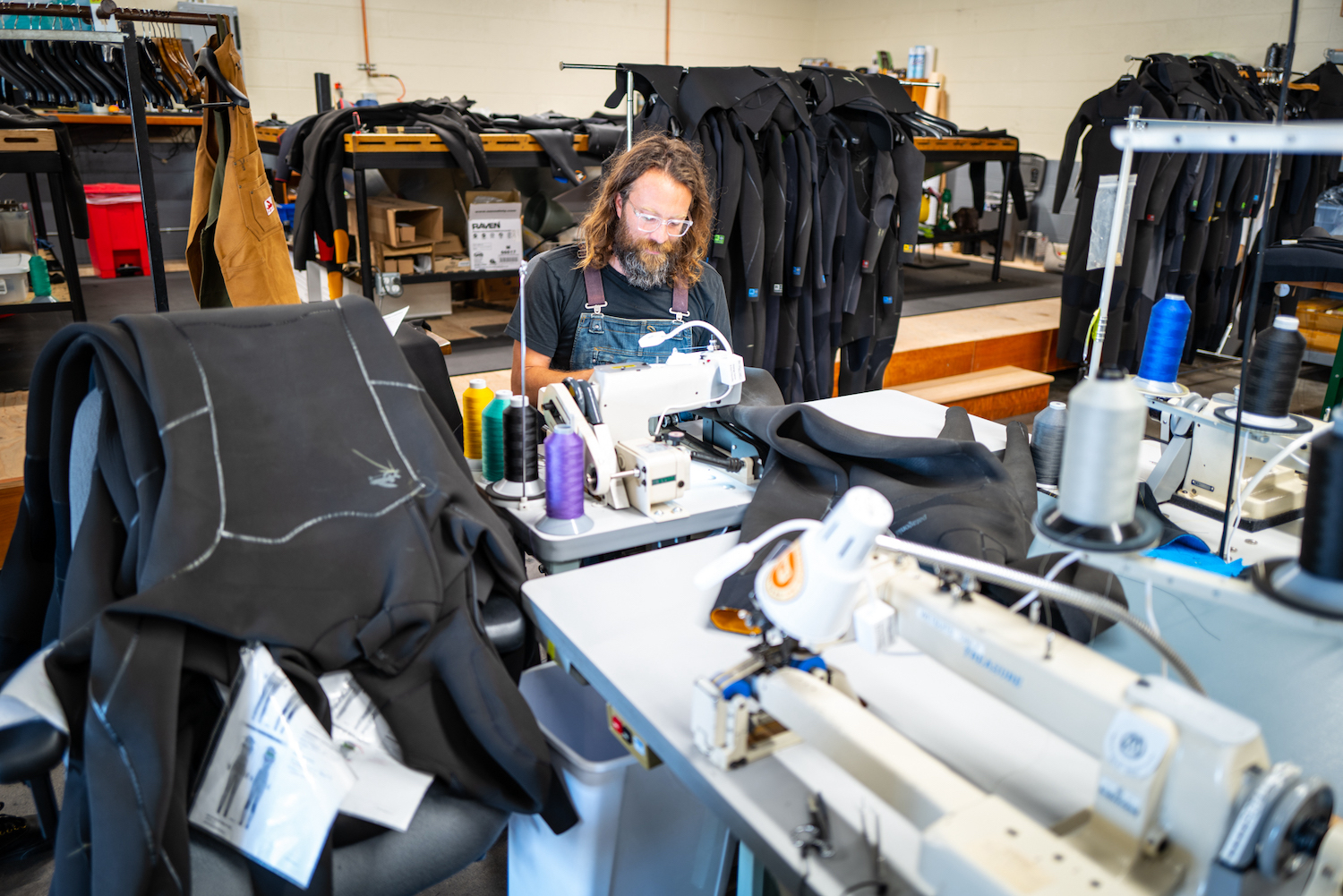
Setting a new standard
Patagonia is well known for its dedication to repair. As this extends into the realm of wetsuits, there is potential to influence other brands to move toward more sustainability in their own products.
As consumers come to terms with Earth’s finite resources, it’s imperative that clothing companies and outdoor gear makers encourage repairability along with recyclability and sustainable materials. If this can be done with wetsuits, surely it can be done with just about anything with the proper effort. And while cost remains a limitation for many people, the importance of long-term value can make a difference in how they spend their money. Brands that promote a business model of quality over quantity will ultimately do better for both consumers and the planet.

Riya Anne Polcastro is an author, photographer and adventurer based out of the Pacific Northwest. She enjoys writing just about anything, from gritty fiction to business and environmental issues. She is especially interested in how sustainability can be harnessed to encourage economic and environmental equity between the Global South and North. One day she hopes to travel the world with nothing but a backpack and her trusty laptop.



